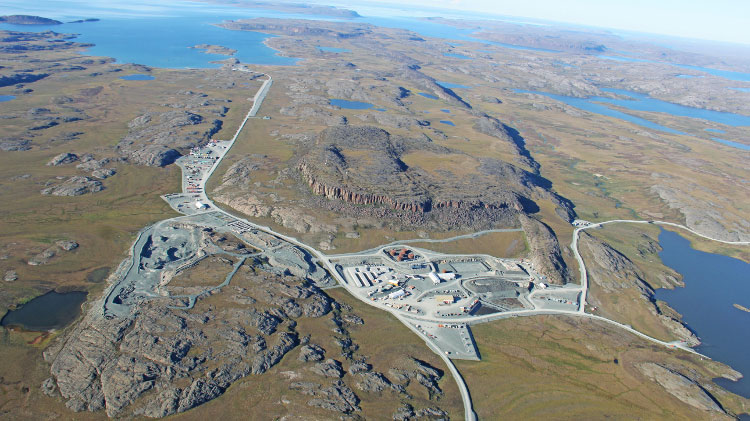The single largest investment in Laurentian University’s history will go toward revolutionizing mineral exploration in Canada’s north. The Sudbury school’s Metal Earth project will receive $104 million from a combination of government and industry partners, Laurentian announced at the beginning of September.
Research that comes out of Metal Earth aims to improve the efficiency of mine discoveries in Canada by better understanding the Precambrian rock of the Canadian Shield to learn why any two areas that appear similar may not contain the same metal endowments.
“A large part of exploration is finding the right area,” said Dr. Harold Gibson, director of the Mineral Exploration Research Centre (MERC) at the newly-christened Harquail School of Earth Sciences and lead of Metal Earth. “You can spend millions of dollars doing this and use a lot of time.”
Gibson also hopes the research will increase discovery rates in Canada. “The slump we have is because of the metal prices at the moment,” he said, “but what we saw before that [was] there was an incredible amount of dollars being spent on exploration and for the first time there was no major increase in discoveries.”
A $49.2-million grant from the Canada First Research Excellence Fund (CFREF) made up close to half of the funding for the initiative. Another $55 million came from 22 partners who donated both cash and in-kind contributions, like the geological surveys of Canada, Ontario, Quebec, Manitoba, Northwest Territories, and Nunavut.
The Department of Earth Sciences received an additional $10 million from Franco-Nevada Corporation CEO David Harquail and his family on the same day, and has been renamed the Harquail School of Earth Sciences. The majority of the donation will go toward an endowment fund for international PhD students as well as lab equipment and research technicians.
“We’re one of the few universities in the world where, when you look at its strategic plan, it has very clear focus in mineral exploration and mining,” Laurentian’s president and vice chancellor, Dominic Giroux, said of the award. “We are sitting on top of one of the best ore bodies in the world. Mining and mineral exploration is in our DNA.”
Canada is the best place for this research thanks to the exposed shield, well-preserved rock and world-class deposits, according to Gibson. The data should be applicable to northern Canada and other shields around the world.
As part of the funding, the university will receive a new research chair in exploration targeting and three faculty members in Precambrian geology, earth systems modelling and exploration geophysics, in addition to postdoctoral fellows, students, research assistants, technicians and support staff.



